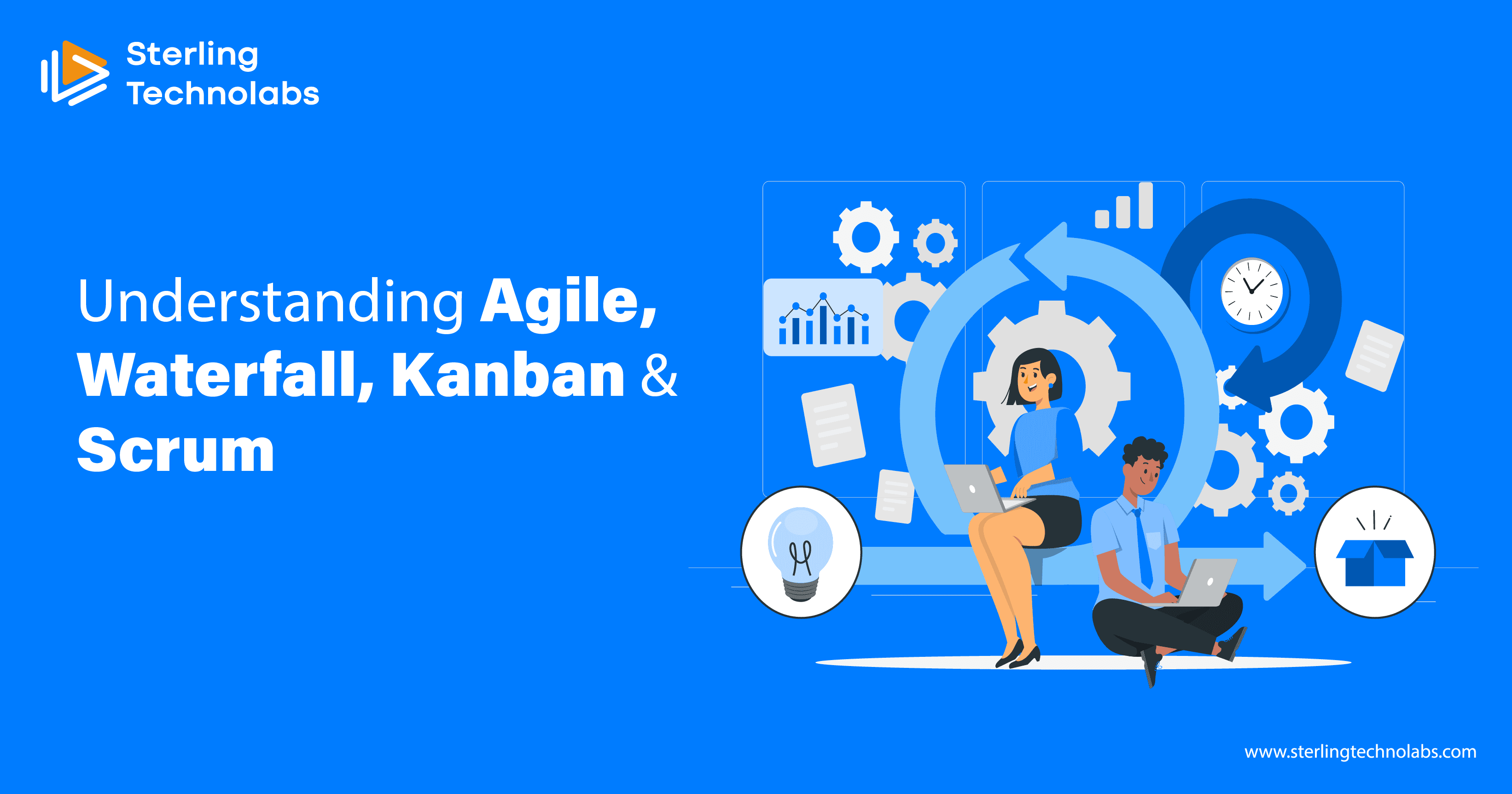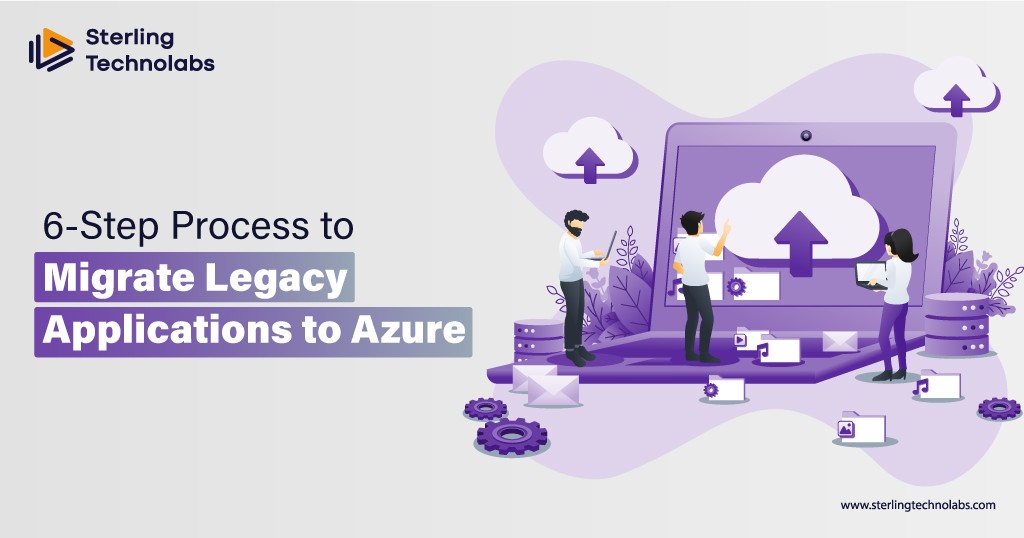
Project management is essential for the progress of any task. Various methodologies guide groups in arranging, executing, and delivering their work. This article explores every methodology in detail, featuring their differences, benefits, and disadvantages.
Figuring Project Management Strategies
Project management strategies are structures that help groups with sorting out their work. They outline processes for arranging, executing, and checking projects. Picking the right system can essentially influence the success of an undertaking.
There are customary methodologies, similar to Waterfall, and present day strategies, as Agile. Customary strategies will quite often be straight and organized. Present day strategies center around adaptability and flexibility. Understanding these procedures assists groups with picking the best fit for their activities.
Waterfall Methodology
The waterfall methodology is one of the most established project management approaches. It is direct and successive. Each stage should be finished prior to continuing on to the following. The interaction comprises of a few phases:
Requirements Gathering:
This is the principal stage. The group gathers generally important data about what the undertaking ought to convey.
Design:
In the wake of social occasion necessities, the group makes a nitty gritty plan in light of the data gathered.
Implementation: The advancement group fabricates the task as indicated by the plan determinations.
Verification:
The task goes through testing to guarantee it fulfills the expected guidelines and details.
Maintenance:
When conveyed, the task enters the upkeep stage, where progressing backing and updates are given.
Benefits of Waterfall:
The waterfall technique enjoys a few benefits. It offers an unmistakable construction and simple to-follow stages. Each stage has characterized objectives and expectations. This clarity assists groups with remaining coordinated and on target. Broad documentation is made in the meantime, which can be useful for future reference
Disadvantages of Waterfall:
However, the waterfall strategy also has limits. It is resolute and doesn't effortlessly oblige changes. When a stage is finished, returning to create changes can be troublesome. This unbending nature can prompt issues assuming undertaking prerequisites change after the underlying preparation. Testing happens late all the while, meaning issues may not be found until later stages, prompting delays and inflated costs.
For complex activities with advancing prerequisites, the waterfall strategy may not be the best fit. In outline, while the waterfall strategy gives a make way, it isn't generally reasonable for projects that require adaptability.
Agile Methodology
Agile project management is a modern approach that advances adaptability and flexibility. It arose as a reaction to the restrictions of customary strategies like waterfall. Coordinates centers around an iterative turn of events. Work is partitioned into little cycles called emphases or runs.
The agile approach emphasizes cooperation among colleagues. It values consistent criticism from clients. This input assists groups with making changes all through the task. Agile focuses on conveying working programming over broad documentation.
Key Standards of Agile:
Agile depends on a few key standards. Client coordinated effort is fundamental. Nimble groups work intimately with clients to grasp their necessities and needs. This coordinated effort ensures the eventual outcome meets client assumptions.
One more rule is the eagerness to answer change. Agile perceives that necessities might develop. Groups should be available to evolving needs, even late in the improvement cycle. This adaptability permits groups to adjust and convey improved results.
Agile advances continuous conveyance of working programming. Groups mean to deliver utilitarian augmentations consistently, permitting partners to see improvement and give criticism early.
Benefits of Agile:
There are a few benefits to utilizing Agile. Adaptability is a significant advantage. Groups can answer changes rapidly, prompting better arrangement with client needs. Continuous conveyance keeps clients educated and locked in. Agile also cultivates upgraded coordinated effort among colleagues. Ordinary correspondence and criticism further develop collaboration and assist with distinguishing issues early.
Drawbacks of Agile:
In any case, Agile isn't without challenges. One significant issue is unusualness. Since necessities can change, courses of events and spending plans might be more enthusiastically to precisely gauge. This capriciousness can concern partners. Agile requires solid cooperation among colleagues. In the event that correspondence is deficient with regards to, the cycle can become turbulent. Groups need to function admirably together to prevail with Light-footed.
In outline, Agile philosophies offer adaptability and responsiveness. They are appropriate for projects where necessities are probably going to change. Groups that esteem coordinated effort and client input frequently observe agile to be a helpful methodology.
Scrum Methodology
Scrum is a particular structure inside an agile venture board. It gives an organized method for carrying out agile standards. Scrum separates work into time-boxed cycles called runs. Each run regularly endures two to about a month. This construction assists groups with focusing on conveying explicit objectives inside a set time span.
Roles in Scrum:
In Scrum, a few jobs are characterized. The Item Proprietor addresses partners and focuses on errands. This role ensures that the group is chipping away at the main highlights. The Scrum Expert works with the interaction. This role includes eliminating obstructions that might ruin the group's advancement and it are followed to guarantee that Scrum rehearses.
The advancement group is liable for finishing jobs during each run. This group is self-sorting out. Individuals team up to accomplish run objectives and choose how to achieve the work.
Scrum Occasions:
Scrum includes explicit occasions to structure the cycle. Sprint Arranging happens toward the start of each run. The group examines what work will be finished during the run. Everyday Standup gatherings follow. These short gatherings permit colleagues to share progress, talk about difficulties, and direction endeavors.
Toward the finish of the run, a Sprint Survey is held. During this survey, the group shows what they have achieved. This survey takes into consideration input from partners. At last, a Run Review is led. The group ponders the run, talking about what worked out in a good way and what can be gotten to the next level. This training cultivates consistent improvement.
Benefits of Scrum:
Scrum offers many benefits. It keeps groups focused on conveying working programming. Standard criticism circles ensure arrangement with partner assumptions. The organized jobs and occasions advance association and lucidity. Groups can distinguish regions for development during reviews, prompting better practices after some time.
Disadvantages of Scrum:
In spite of its advantages, Scrum has difficulties. It demands a period of responsibility for gatherings and occasions. Successive gatherings might feel troublesome for certain groups. Groups may likewise require preparing to really execute Scrum. Without legitimate comprehension, the structure can be abused. The potential for tasks running out of control exists, as regular changes can prompt spontaneous work. Groups should be focused in overseeing changes and assumptions.
In outline, Scrum gives a reasonable system for executing Deft standards. It is appropriate for projects that require close coordinated effort and incessant criticism. Groups that embrace its design frequently see further developed results.
Kanban Methodology
Kanban is another agile-footed approach that accentuates visual service. It centers around overseeing and further developing the work process. Kanban utilizes a visual board to follow undertakings at various stages. This board assists groups with seeing what work is underway, what is finished, what actually should be finished.
Key Highlights of Kanban
In Kanban, there are no decent cycles like in Scrum. All things considered, work is nonstop. Groups pull undertakings from a build-up as they complete existing work. This stream considers adaptability in prioritization. On the off chance that a high-need task emerges, the group can rapidly change their concentration.
One vital component of Kanban is the utilization of Work Underway (WIP) limits. These cutoff points assist groups with overseeing the number of assignments that are chipping away at some random time. By confining the quantity of undertakings underway, groups can keep up with the center and further develop effectiveness. This forestalls bottlenecks in the work process.
Benefits of Kanban:
Kanban offers a few benefits. Its visual nature takes into account the simple following of progress. Groups can see where work is whenever. This straightforwardness cultivates responsibility. The adaptability of Kanban permits groups to rapidly change needs. WIP limits further development of the center and forestall over-burden.
Drawbacks of Kanban:
Nonetheless, Kanban additionally has its difficulties. A few groups might find the absence of construction disrupting. Without fixed emphases, arranging long haul might be troublesome. Kanban expects discipline to oversee WIP restrictions successfully. On the off chance that groups don't stick as far as possible, the advantages can be lost.
In rundown, Kanban is a successful methodology for groups that esteem visual administration and adaptability. It is appropriate for conditions where needs change every now and again.
Contrasting Agile versus Waterfall
Adaptability and Construction:
While contrasting Agile versus Waterfall, the essential distinction lies in adaptability. Agile is exceptionally adaptable, taking into account speedy transformations to changes. Waterfall, then again, is inflexible and follows a direct way.
Documentation:
As far as documentation, waterfall underscores broad documentation in the meantime. Agile spotlights on conveying working programming, with less accentuation on documentation. This distinction can affect how groups impart and share data.
Delivery Timetable:
The delivery timetable also fluctuates. Agile advances regular delivery of working programming. Waterfall regularly delivers the eventual outcome toward the finish of the task. This distinction influences how partners get updates and criticism.
Looking at Scrum versus Kanban
Structure and Time spans:
In looking at Scrum versus Kanban, the design is a key distinction. Scrum plays characterized parts and time-boxed runs. Kanban is more liquid and doesn't have fixed time periods.
Focus on Emphases:
Scrum works in emphases, while Kanban centers around a ceaseless stream. This implies Scrum groups work on unambiguous undertakings for a set period. Kanban groups can change their concentration as new needs emerge.
Meetings and Occasions:
Scrum incorporates explicit gatherings and occasions to work with correspondence. Kanban doesn't have organized gatherings, permitting groups to converse depending on the situation. This distinction can influence group elements and cooperation.
Conclusion:
Taking everything into account, understanding the distinctions between Agile, waterfall, Kanban, and Scrum is fundamental for effectively undertaking the executives. Every strategy has its own assets and shortcomings. In this developing scene, remaining informed about the project's executive systems is essential. Associations like Sterling Technolabs offer experiences and assets to assist groups with picking the right system for their activities. By understanding these strategies, groups can work on their odds of coming out on top in any undertaking.

